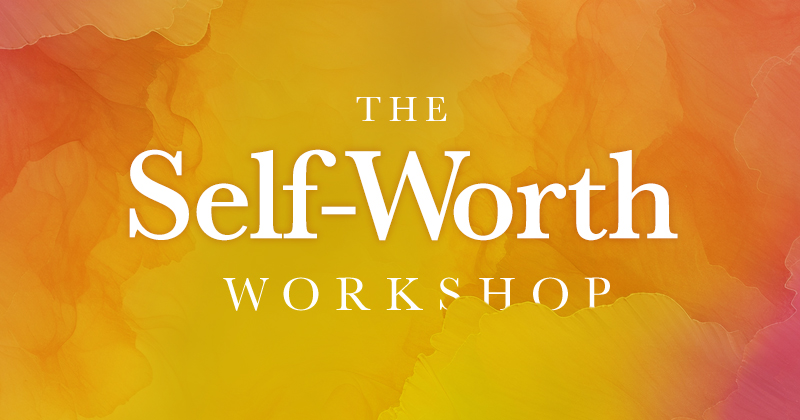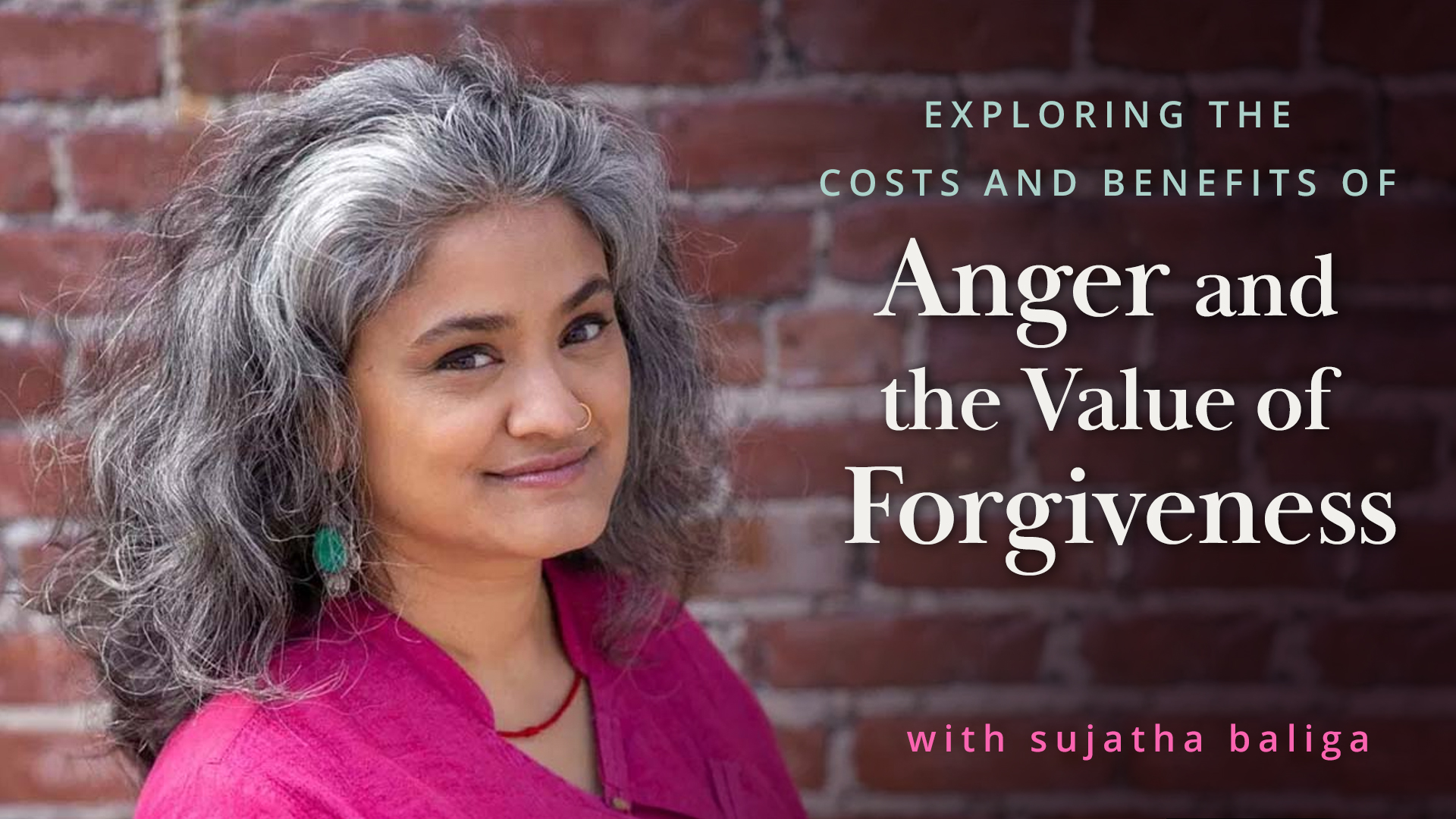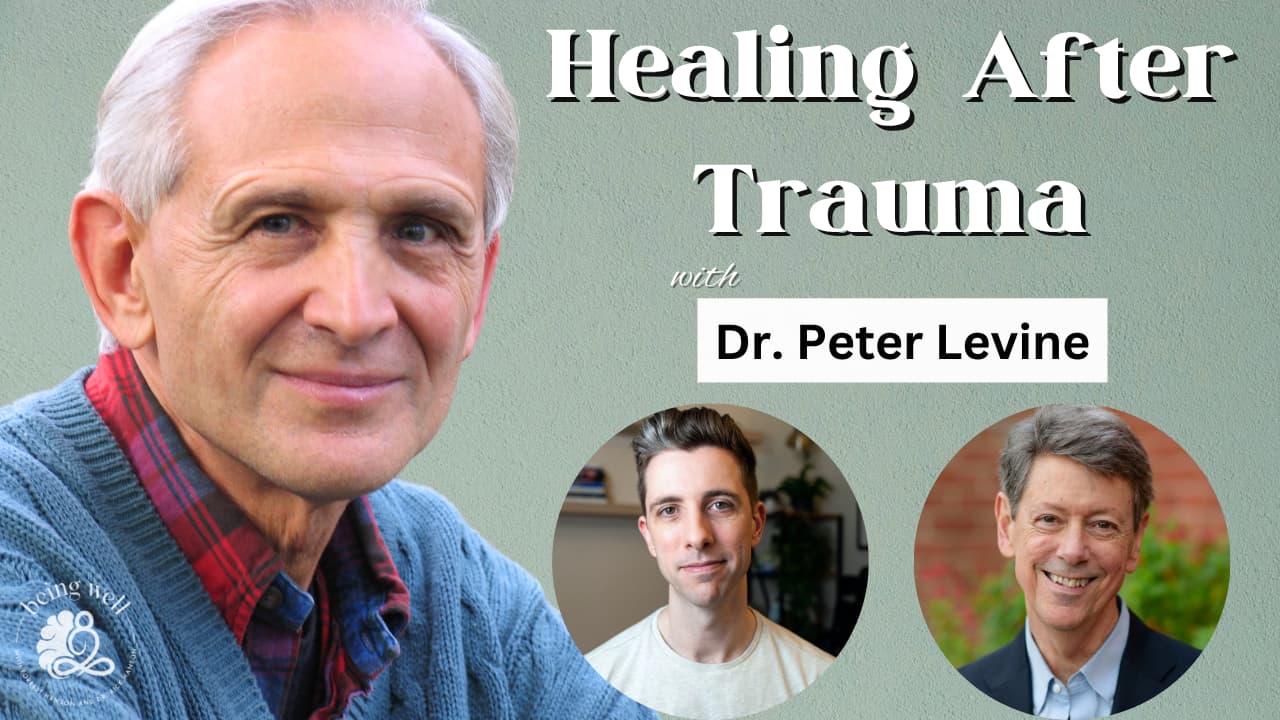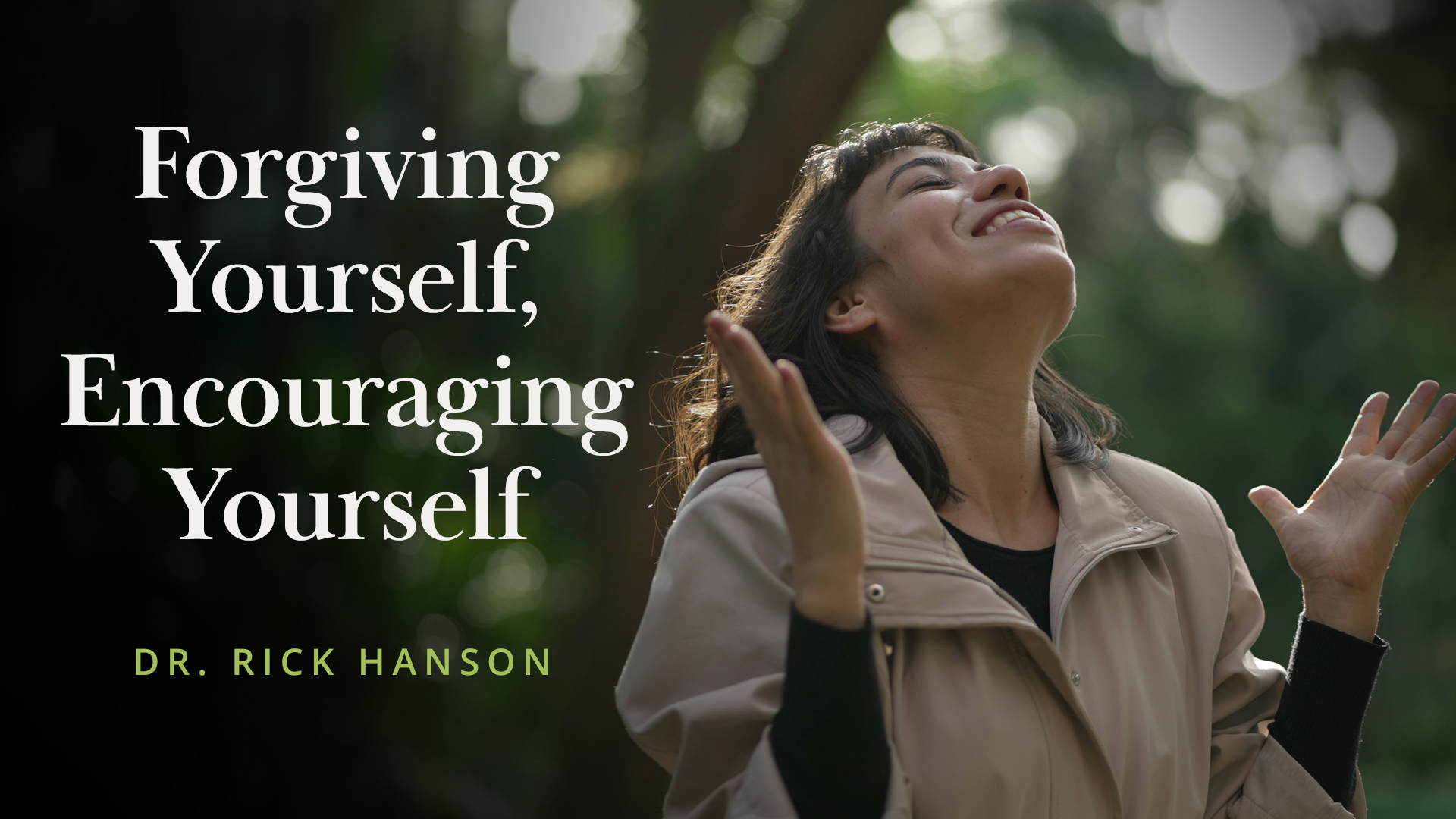Is it stuck?
The Practice: Let It Flow
Why?
I think there are five key things we can do inside ourselves to be happier, stronger, wiser, and more loving this year:
- Drop the stone
- Let it flow
- Learn as you go
- “Us” all “thems”
- Be Amazed
My previous JOT explored the first of these: how to lay down the burdens of useless worry, resentment, and self-criticism. In this one, I’ll focus on how to stay mindful and at peace with the ever-changing stream of consciousness . . . and with the inevitable ups and downs of the body and the world . . . even with changes that are understandably heart-aching and alarming.
Mindfulness
By mindfulness, I mean sustained present-moment awareness. This quality of remaining present can be directed at both the inner world and the outer one, and it can both narrow its focus and open wide.
You are aware of sights and sounds, thoughts and feelings, sensations and desires all passing through awareness without resisting or chasing anything. It’s like sitting on the banks of a river – the stream of consciousness – watching all sorts of strange and interesting things carried along without hopping on board any one of them.
To support this mindfulness, it helps to keep intending to stay present, and to have self-compassion for what may be painful. While being mindful, you can also take action inside your mind and in the outer world; mindfulness is not in conflict with helping yourself grow from your experiences or with trying to make the world a better place.
In the pie chart of internal causes that make people miserable, two of largest slices are rumination – lost in thought, spinning in worries and regrets and grievances – and resisting what is. A stability of mindfulness stops rumination like a circuit breaker. It also lets you accept your inner experiences and outer circumstances as they are. You can still try to improve them, but without adding negative reactions of tension, woulda-coulda-shoulda, recrimination, and contraction.
Time Passing
Life is like a rope of time passing through your hands. When you add negative reactions to life, that’s like squeezing the rope and burning your fingers. If you resist other people, or the fact that you’re stuck in an airport and your flight is late, or that you have poor Wi-Fi or whatever it might be, you can get yourself wound up, making things worse. Events and experiences may be unfortunate or painful, but that itself is not suffering. It is our aversion, our resistance, to events and experiences that creates friction, and thus suffering.
Similarly, if you try to hold onto pleasurable experiences, that is futile and painful as well. Any moment of experience is utterly impermanent – so trying to cling to any experience is both a frustrating and a doomed strategy for lasting happiness.
Even most of physical reality is continually changing, from the quicksilver quivering of quantum foam to the slow waltzes of galaxies over billions of years. People come and people go, all the more precious for their inevitable passing. Sometimes you’re up and sometimes you’re down. In the metaphor of the “eight worldly winds” from Tibet, there will be gain and loss, praise and blame, fame and scandal, and pleasure and pain. If you let them flow, you can ride the waves of life with gratitude and grace, and without drowning.
Get Tips Like This Delivered Right to Your Inbox
You can unsubscribe at any time and your email address will never be shared or sold.
How?
One of the great lessons for me in young adulthood was the necessity of feeling my feelings. In effect, I had been numb below the head, and I needed to wake down – as Saniel Bonder puts it – not just wake up.
As you steady in present-moment awareness, you can better tolerate painful feelings since you’re not so identified with them or overwhelmed by them. Yes, sometimes we need to step away from what’s too much to bear, and that’s OK. I needed to pour out my own bucket of tears one spoonful at a time. But it will gradually get easier, and your own bucket will eventually empty.
In particular, try to disengage from recurring or complicated thoughts, since that’s where we usually get stuck. If you focus on the body sensations and the feelings of whatever upsets you, and have a sense of letting them go – perhaps in rhythm with exhaling and relaxing – they usually release within minutes or less. They may come back, but as you repeatedly associate troubling psychological material with an untroubled field of awareness and gently encourage it to flow through you and out of you . . . . it will probably ease somewhat, and perhaps entirely.
One way to help yourself in all this is to take a bird’s-eye view of your thoughts and feelings and to be aware of your body as a whole. This tends to activate neural networks on the sides of your brain that support the sense of letting things be as they are, without adding a lot of mental chatter and me-myself-and-I to them. Meanwhile, neural activity decreases in the midline neural cortices that enable rumination and resisting the present by getting caught up in the future and the past.
A Simple Practice
For a few breaths or longer, try the simple practice below. It will help you open to your experience, let it flow, and accept a changing world. You can do this as part of a meditation, or in everyday life while you’re in a meeting, stuck in traffic, or watching the news.
Focus on the sensations of one or more breaths from beginning to end. Sensations around your nose or mouth, in your diaphragm, and in the rising and falling of the rib cage.
Stay aware of the feeling of breathing as other sensations move through awareness . . . staying aware of breathing as sounds change around you . . . as thoughts and feelings come and go.
Stay in touch with the sensations of breathing while letting all experiences flow through awareness.
Get a sense of your body as a whole as you breathe. If your attention focuses on just one part of it, keep widening your awareness to include the whole body. Relax and abide as a whole body breathing. Thoughts and feelings pass through awareness without pushing them away or following them, as you rest in the sense of your whole body.
If you like, open to any nagging concerns or pushed away emotions in the back of your mind and let them come forward . . . letting them flow as they will through awareness . . . accepting them with compassion for yourself . . . letting tension flow out of your body, letting thoughts and feelings come and go in the open space of awareness . . . perhaps uncovering more sensitive or younger material such as hurt beneath anger and letting this flow as well . . .
And when you want, return to a simple sense of being present as a body breathing . . . at ease . . .
Know Someone Who Could Go with the Flow More?
Use the buttons below to share this article via social media or email.




